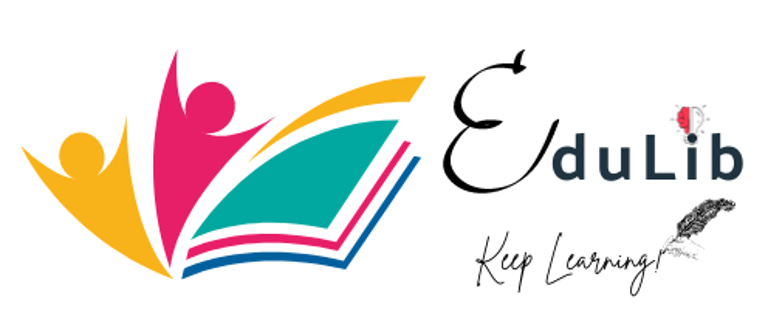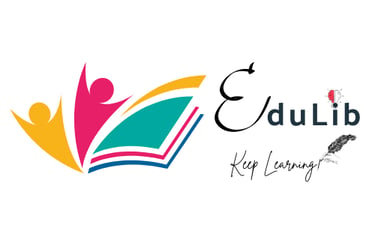
The Key Concepts and Principles of Assessment
Explore the fundamental concepts and principles of assessment in this blog. Learn how these key elements shape effective evaluation practices in education and beyond.
Making judgements against criteria
Assessment is about making a judgement as to the extent to which the required learning has been demonstrated (Barton, 2015). This judgement has to be made against the criteria in the unit specification. For example, when I provide feedback against criteria in an assignment, the contents against which I judge the criteria are provided in the unit specification.
Validity
This is the ability of an assessment to test what it intends to measure and provide information that is both valuable and appropriate for the intended purpose (Kime, 2017). For example, in assignment one of my HNC unit 3, for the student to achieve the M1 criterion, they would have to assess how risk assessments can be used to address significant hazards posed by selected materials or activities. To achieve this criterion, the students have to produce a risk assessment document relevant to the assignment scenario. To be adequate for the HNC level, the document must contain risk ratings for the various construction hazards. This may not be included at level 3 of the qualification.
Reliability
The reliability of an assessment refers to the consistency of results. Kime (2017) opined that the factors that contribute to the reliability of an assessment are the precision of the questions and tasks used in prompting learners’ responses and the accuracy and consistency of the interpretations derived from assessment responses. For example, when I check prior learning on a topic, I use Kahoot, an interactive learning tool, to set multiple-choice questions constructed in simple sentences. I avoid the use of complex sentences to avoid ambiguity in the questions and options provided. Also, I can observe the performance of the students in real time. I ask for feedback from students about questions they performed poorly on to understand the reason for this and shape my teaching to reflect their concerns.
The role of evidence in making assessment decisions
There may be a need to upload supporting evidence to achieve the criteria. For example, when I assess the NVQ units, I ensure the students upload pieces of evidence when the criteria are performance-based. For example, a student needs to produce pieces of evidence when a criterion requires him/her to produce a safe system of work or assess the cost plan.
Authentic, sufficient and current
An authentic assessment is one that has been produced solely by the student. I check this by using the Turnitin software embedded in the assignment section of the MS Class Notebook. Also, the students have to check a box stating that the assessment is solely their own work and has been correctly referenced when referring to the work of others.
A sufficient assessment is one that covers all the requirements of the assessment. For example, the Pearson qualification I teach requires that to achieve a pass, the learner only has to fulfil the requirements of all the pass criteria. To achieve the merit criteria, the learners have to fulfil all the requirements of the pass and merit criteria. To achieve the distinction criteria, the learners have to fulfil all the requirements of the pass, merit, and distinction criteria.
A current assessment is an assessment that is still valid at the time of submission. For example, when I teach the health and safety units, I ensure the current or amended regulations have been used/referenced by the learners.
Importance of objectivity and fairness to learners
This is necessary to ensure that my personal bias is not introduced when assessing a learner’s work and that the same standards are applied to all the students without prejudice. For example, when I taught the geology unit using the University of XXX specification, the specification required an exam as the summative assessment. Prior to the exam, I prepared the marking sheet and solution sheet for all the questions and ensured the students were judged according to that standard.
Importance of transparency for the learner
This involves ensuring the learners understand what is required of them to achieve the requirements of the assessment (Gravells, 2014). This ensures the learners are clear about the requirements of each criterion in the assignment brief. For example, when giving feedback, I ensure my learners know why they have and have not achieved various criteria. I give them a breakdown of the requirements of each criterion and the evidence they need to provide to achieve them. I advise my students to challenge their grades or my feedback if they are not happy with their grades by following the appeal process of the institution.
Reference/Bibliography
Barton, J. (2015) Writing your assignments – tips and wrinkles. Available at: https://www.britishschoolofcoaching.com/writing-your-assignments-tips-and-wrinkles/ (Accessed: 03 November 2021)
Davies, A. and Stiling, L. (2021) TAQA – training assessment and quality assurance [PowerPoint presentation]. 22 October.
Estyn (2021) About us. Available at: https://www.estyn.gov.wales/about-us/what-we-inspect (Accessed: 06 November 2021).
Gravells, A. (2014) Achieving your assessment & quality assurance units (TAQA). 2nd edn. London: Learning Matters SAGE.
Kime, S. (2017) Four pillars of assessment validity. Available at: https://evidencebased.education/pillars-assessment-purpose-validity/ (Accessed: 03 November 2021)
Pearson (2021) Our company. Available at: https://plc.pearson.com/company (Accessed: 06 November 2021)
Qualification Wales (2021) About us. Available at:https://www.qualificationswales.org/english/about-us/ (Accessed: 06 November 2021)


